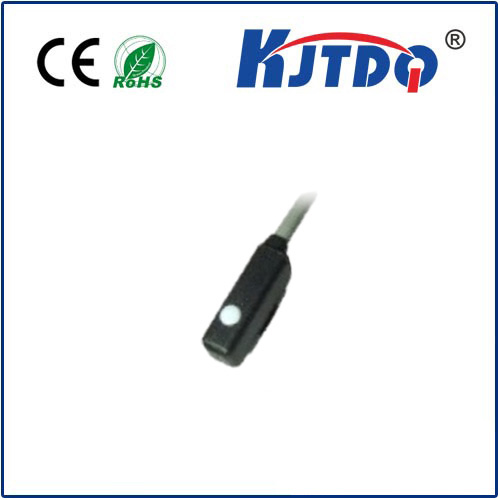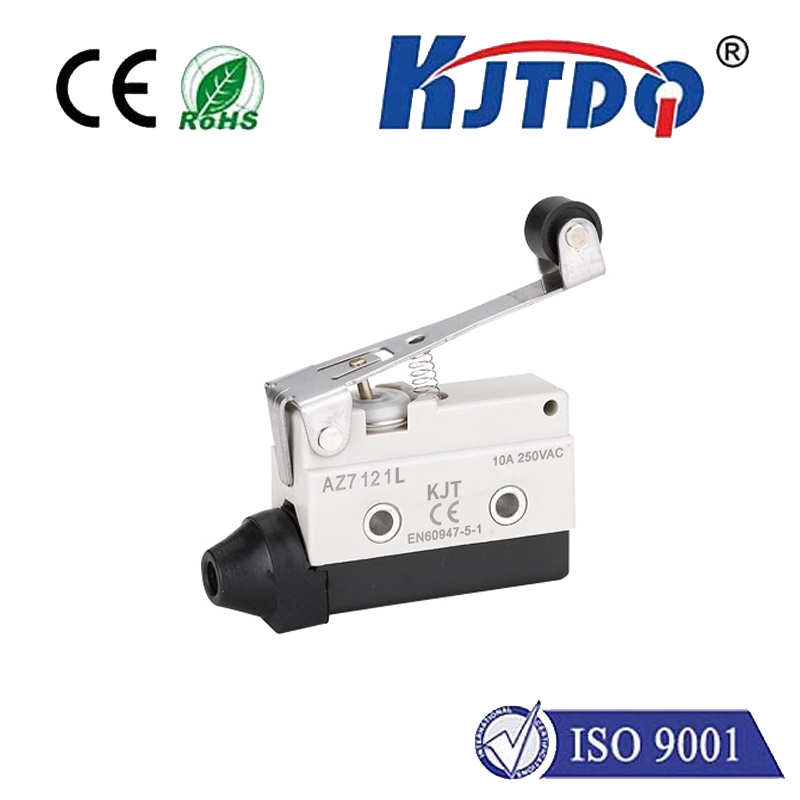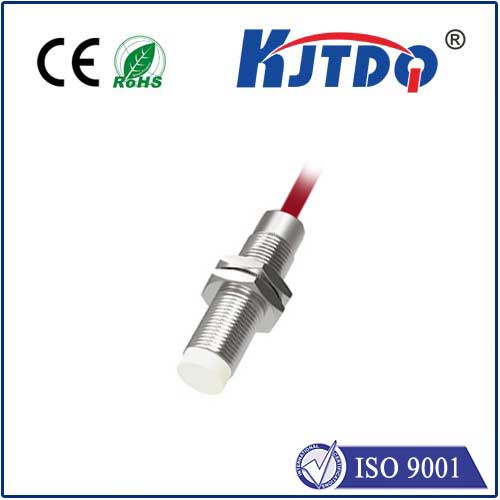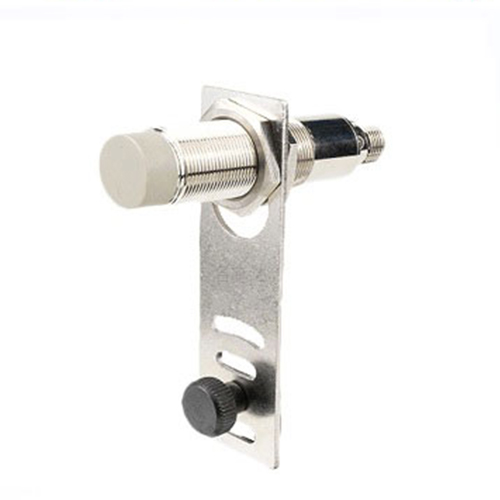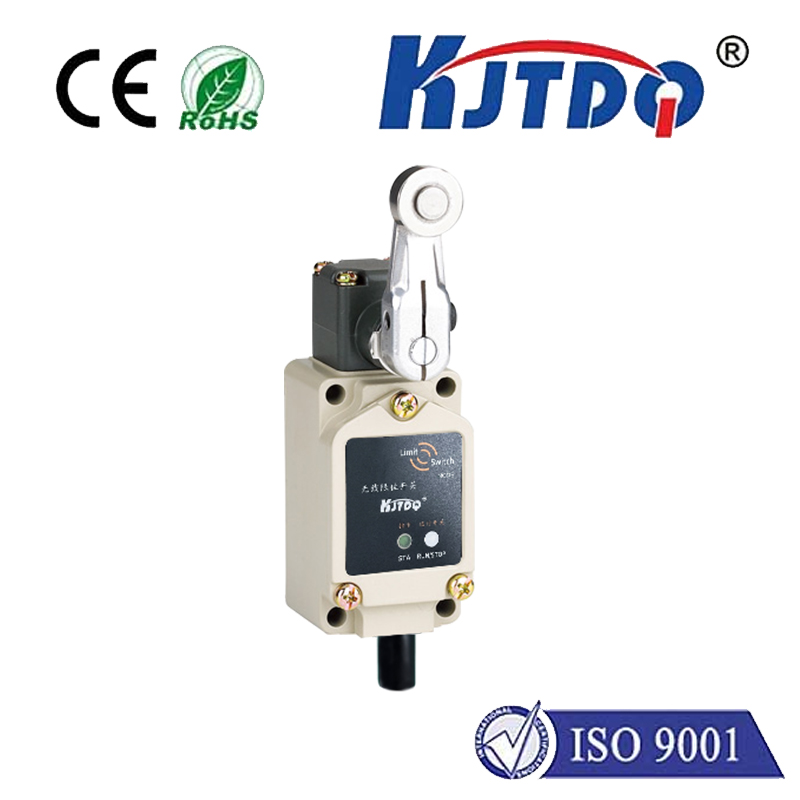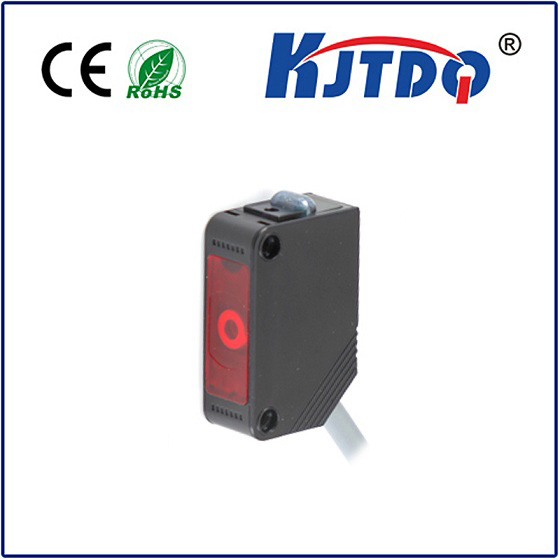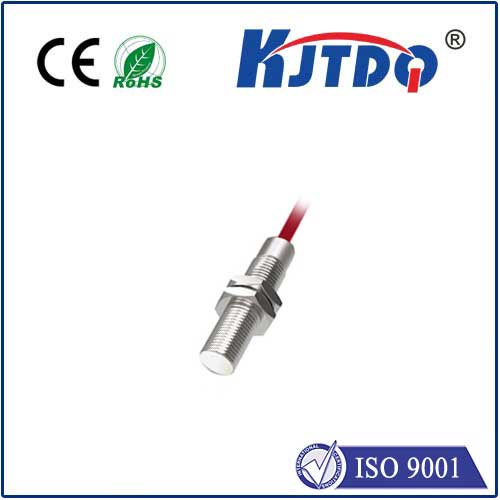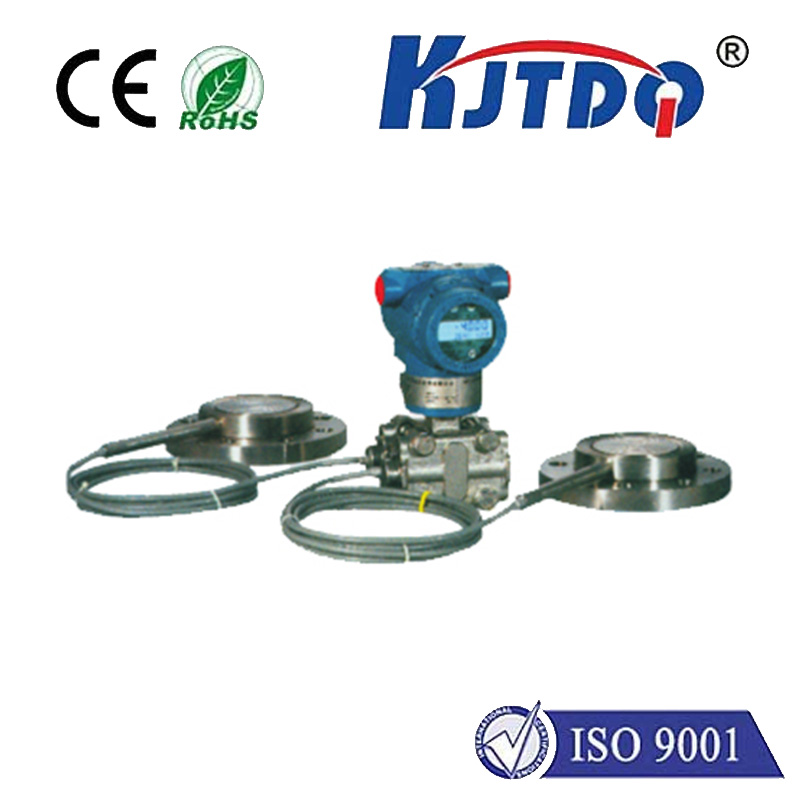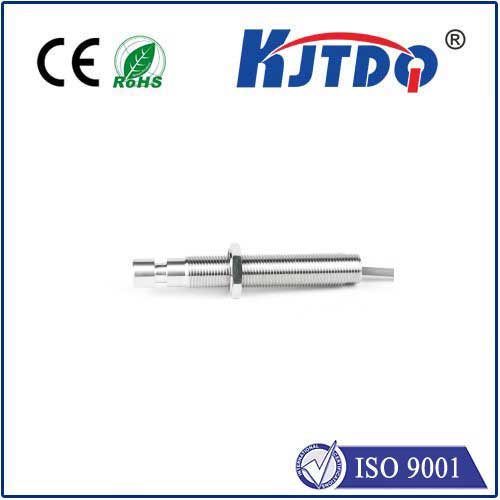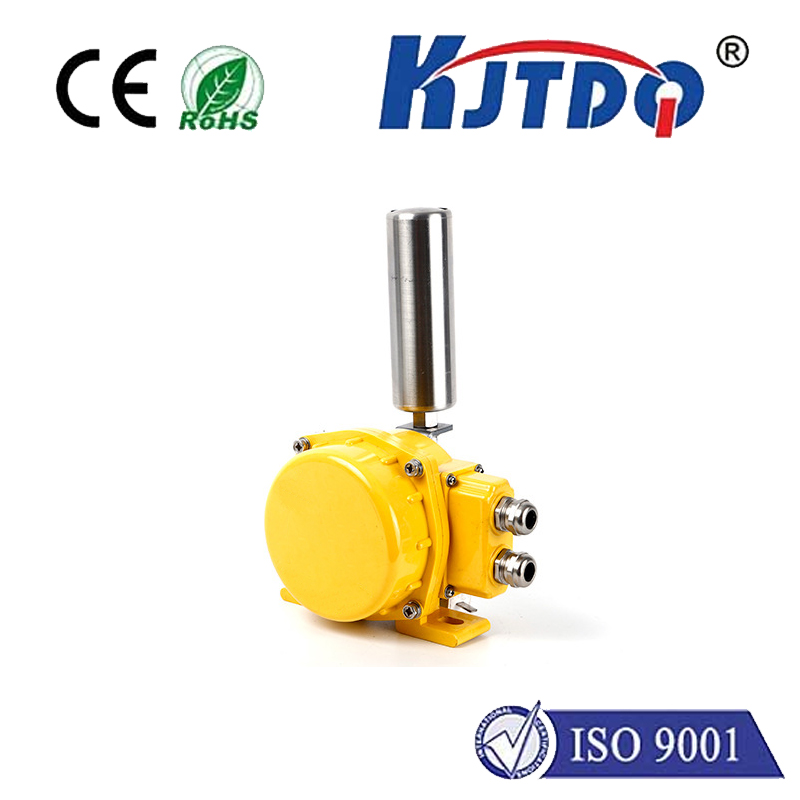BES01KF high pressure proximity sensor
- time:2025-10-13 16:27:53
- Click:0
Mastering Extreme Environments: The Critical Role of the BES01KF High Pressure Proximity Sensor
In the unforgiving world of heavy industry, hydraulic systems, and high-pressure processing, component failure isn’t just an inconvenience; it’s a potential catastrophe. Unmonitored pressure surges, undetected piston positions, or unforeseen contact in pressurized lines can lead to catastrophic equipment damage, costly downtime, and significant safety hazards. This is where robust sensing technology, specifically engineered to defy intense pressures, becomes paramount. The BES01KF High Pressure Proximity Sensor emerges as a vital solution, meticulously designed to deliver unwavering reliability where conventional sensors falter.
The Unseen Threat: Pressure’s Impact on Sensing
Standard inductive proximity sensors excel in countless automation tasks, detecting metal targets reliably. However, their conventional designs have an Achilles’ heel: ambient pressure. Inside a high-pressure hydraulic cylinder, operating deep underwater, or within a chemical processing vessel, the surrounding fluid exerts immense force. This pressure can:
- Deform sensor housings: Causing internal component misalignment or outright failure.
- Compromise sealing: Allowing pressurised media to ingress, damaging electronics and causing erratic signals or shorts.
- Affect sensing fields: Altering the electromagnetic field distribution, degrading detection accuracy or range.
- Accelerate fatigue: Leading to premature structural failure.
Without specialized protection, standard sensors simply cannot survive or function correctly in these demanding environments, leaving critical processes blind to vital positional feedback.

Enter the BES01KF: Engineered for Pressure Extremes
The BES01KF high pressure proximity sensor is not merely a sensor; it’s a pressure-proof sentinel. Its entire design philosophy revolves around conquering the challenges imposed by intense ambient pressures, often exceeding hundreds of bar. Key design features typically include (specifics may vary slightly by exact model/config):
- Massively Reinforced Housing: Constructed from high-grade, pressure-resistant stainless steel (e.g., 316L), the body is engineered to withstand extreme external forces without deformation. This robust enclosure acts as the first line of defense.
- Advanced Pressure Compensation & Sealing: Crucially, the BES01KF employs sophisticated pressure compensation mechanisms, such as a pressure-resistant barrier diaphragm or specialized oil-filling. This innovative approach equalizes pressure across critical internal components, preventing the crushing force from acting on delicate electronics. Combined with high-integrity seals (often utilizing specialized elastomers or metal seals), it ensures flawless performance even as external pressure fluctuates wildly.
- Ruggedized Sensing Technology: Utilizing a high-frequency (often >2.5 GHz) inductive principle, the sensor generates a concentrated electromagnetic field directly at its active face. This allows for precise detection of metal targets (e.g., piston rods, valve stems, machine parts) through thick, non-metallic walls typical of hydraulic cylinders or pressure vessels.
- Exceptional Environmental Resilience: Beyond pressure, these sensors are built for harshness. Expect features like IP69K ratings (resisting high-pressure, high-temperature washdowns), wide operating temperature ranges (e.g., -25°C to +100°C or beyond), and resistance to shock, vibration, and aggressive media like oils, coolants, and hydraulic fluids. Many versions carry critical ATEX/IECEx certifications for safe operation in potentially explosive atmospheres.
Where Demanding Applications Demand the BES01KF
The unique capabilities of the high pressure proximity sensor open doors to applications where reliable position feedback was previously difficult, expensive, or impossible:
- Hydraulics & Pneumatics: Monitoring cylinder piston position within high-pressure hydraulic or pneumatic cylinders directly, eliminating the need for external rod clamps or vulnerable mechanical linkages. This is its primary domain – providing critical end-of-stroke feedback right where the action happens.
- Oil & Gas / Subsea: Deploying reliably on subsea equipment, drilling rigs, downhole tools, and pipeline valves operating under tremendous ambient water pressure or internal process pressures.
- Chemical & Process Industries: Detecting valve positions, agitator levels, or moving parts inside reactors, autoclaves, and pressurized vessels handling corrosive or hazardous substances.
- Heavy Machinery: Used in construction, mining, and metal forming presses where massive hydraulic forces require internal position sensing for precise control and safety interlocks.
- Test Benches & High-Pressure Rigs: Providing accurate position feedback during rigorous pressure testing of components and assemblies.
The Tangible Benefits: Beyond Just Surviving Pressure
Choosing a BES01KF high pressure proximity sensor delivers significant operational advantages:
- Unmatched Reliability in Harsh Conditions: Continuous, dependable operation directly in the high-pressure zone minimizes the risk of failure-induced downtime and costly repairs.
- Enhanced Safety: Provides vital feedback for safety-critical functions, such as confirming cylinder retraction before opening a guard or ensuring valves are in the correct position.
- Simplified Installation & Maintenance: Installs directly into tapped ports on cylinders or vessels (often standard M8, M12, M18, or M30 threaded barrels), eliminating complex external mounting solutions and reducing potential leak points. Sealed design minimizes maintenance needs.
- Improved Process Control & Precision: Accurate position sensing directly at the point of action enables finer control over hydraulic actuators and processes, leading to better quality and efficiency.
- Long-Term Cost Efficiency: While potentially a higher initial investment than standard sensors, the dramatic reduction in failures, downtime, and maintenance costs delivers a strong return on investment (ROI).
Selecting the Right BES01KF Configuration
The BES01KF line often offers variants to suit specific needs:
- Sensing Distance: Different models provide specific nominal sensing ranges (Sn) suitable for various gap requirements.
- Electrical Output: Versions with PNP (sourcing) or NPN (sinking) transistor outputs, NO (Normally Open) or NC (Normally Closed) switching logic.
- Connection Type: Integral cable or industry-standard connectors (M8, M12).
- Pressure Rating: Ensure the sensor’s specified maximum working pressure (MWP) exceeds the peak pressure of your application.
- Certifications: Select models with necessary safety approvals like ATEX/IECEx for hazardous areas or specific industry standards.
Conclusion: The Essential Link in High-Pressure Control
In environments where pressure reigns supreme, trusting standard sensing technology is a gamble few can afford. The BES01KF high pressure proximity sensor stands as an engineering solution precisely tailored for these extremes. Its robust construction, intelligent pressure compensation, and proven reliability make it an indispensable component for ensuring safety, maximizing uptime, and achieving precise control in the most demanding industrial landscapes. When your application operates under pressure, specify the sensor designed to handle it.






